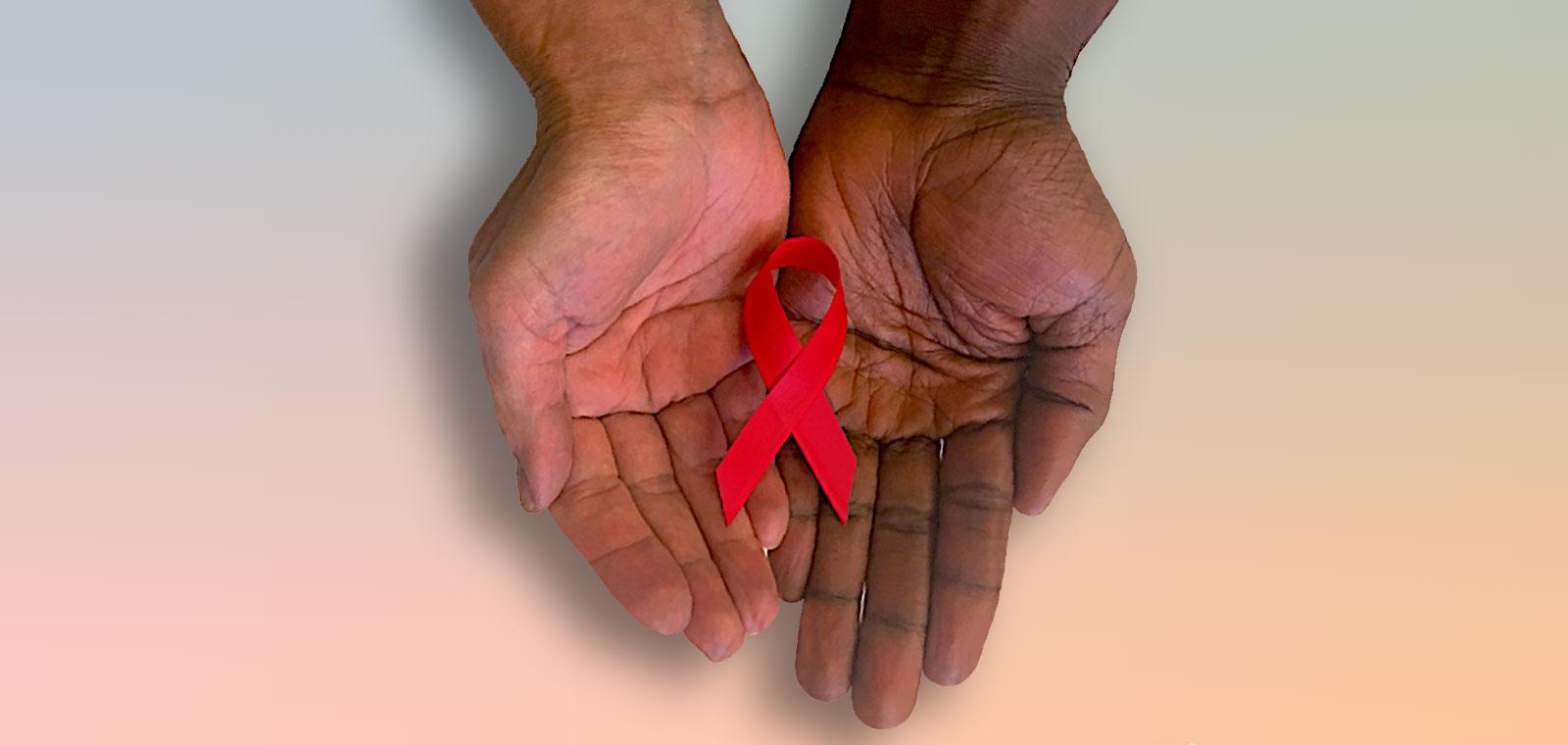
For 32 years it has been World AIDS Day on December 1. The day when the world takes a moment to consider the fight against AIDS, and we call for more solidarity for people with HIV and AIDS. This is still necessary because the search for a well-functioning vaccine is not over yet.
In the early 80s, a mysterious disease emerges. The disease is called AIDS, caused by HIV. For decades, the HIV diagnosis was a death sentence. Thanks in part to animal research, there are now medicines.
Siv in monkeys
Monkeys have their own HIV-like virus called SIV. SIV gave scientists the ability to mimic HIV infections in monkeys. They learned how the virus multiplies in the body and designed the antiviral drug AZT. Studies in monkeys showed that AZT was able to inhibit SIV infection.
Antivirals
In 1986, the first HIV patients received AZT. As in monkeys, AZT inhibited the virus, but with prolonged use the virus became resistant to AZT. Today, HIV patients recieve a cocktail of multiple antivirals, including AZT.
PrEP
Prevention is better than cure. Since 2019 you can prevent yourself from contracting HIV thanks to PrEP. PrEP stands for pre-exposure prophylaxis, an antiviral drug in the form of a pill that you take in case of an increased risk of exposure to HIV. Before PrEP was tested in humans, studies were done in monkeys.
HIV vaccine
However, PrEP only provides short-term protection and is not available all over the world. A vaccine can protect people for a longer period of time. HIV is a "smart" virus that uses all kinds of tricks to bypass the immune system. As a result, it has not yet been possible to develop a properly working vaccine. That is why the research, also in monkeys, continues.

